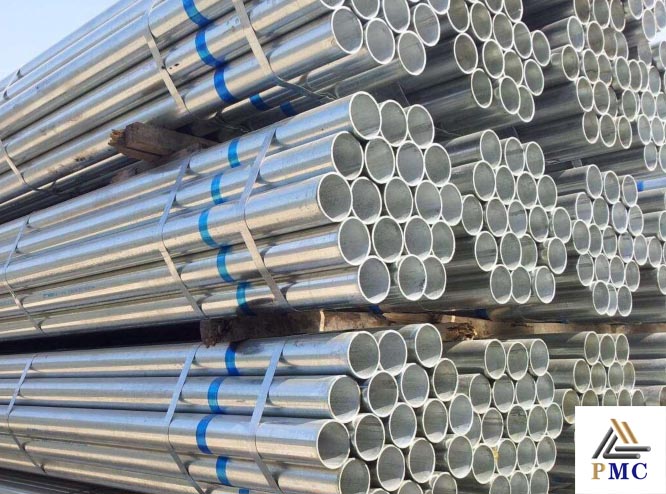
Advantages and Disadvantages of Galvanized Steel Pipe
Advantages of galvanized steel pipe:
1. Low processing cost: the cost of hot-dip galvanizing and anti-rust is lower than that of other paint coatings.
2. Durable and durable: hot-dip galvanized steel pipe has the characteristics of surface luster, uniform zinc layer, no missing plating, no dripping, strong adhesion and strong corrosion resistance. The anti-rust thickness can be maintained for more than 50 years without repair; in urban or offshore areas, the standard hot-dip galvanized anti-rust layer can be maintained for 20 years without repair.

4. Good reliability: the metallurgical bond between the galvanized layer and the steel material becomes a part of the steel surface, so the durability of the galvanized layer is more reliable.
5. Save time and effort: the galvanizing process is faster than other coating construction methods, and can avoid the time required for painting on the construction site after installation.
6. Comprehensive protection: every part of the plated parts can be coated with zinc, even in the depressions, sharp corners and hidden places can be fully protected.
Disadvantages of galvanized steel pipe:
Application of galvanized steel pipe:
1. Fire protection engineering: The current fire water supply pipes are basically galvanized pipes, and a layer of paint is applied on the outer layer of the galvanized pipes, so that everyone can see the red fire pipes, but in fact they are only galvanized. Formed by zinc pipe processing.
2. Steel structure, welding engineering: There are many shed factories outside. In the past, welded steel pipes were used to build factories. However, welded steel pipes are easy to rust. In order to prevent rust, a layer of paint should be applied. In order to solve this problem, Now many new steel structure projects directly use galvanized pipes, which can save man-hours and last longer.
Storage method of galvanized steel pipe:
The site or warehouse where the galvanized steel pipe is placed should be selected in a clean and well-drained place, away from factories and mines that produce harmful gases or dust. Weeds and all debris should be removed on the site, and the galvanized steel pipe should be kept clean. Do not stack together with acid, alkali, salt, cement and other corrosive materials in the warehouse. Square tubes of different varieties should be stacked separately to prevent confusion and contact corrosion. Large steel sections, rails, steel plates, large-diameter steel pipes, forgings, etc. can be stacked in the open air.
Some small square tubes, thin steel plates, steel strips, silicon steel sheets, small-diameter or thin-walled steel pipes, various cold-rolled and galvanized steel pipes, and high-priced, easily-corroded metal products can be stored in the warehouse. The warehouse should be selected according to the geographical conditions. Generally, an ordinary closed warehouse is used, that is, a warehouse with a roof, a wall, tight doors and windows, and a ventilation device.
Go here to learn more about “ Introduction and Advantages of Galvanizing Process”


